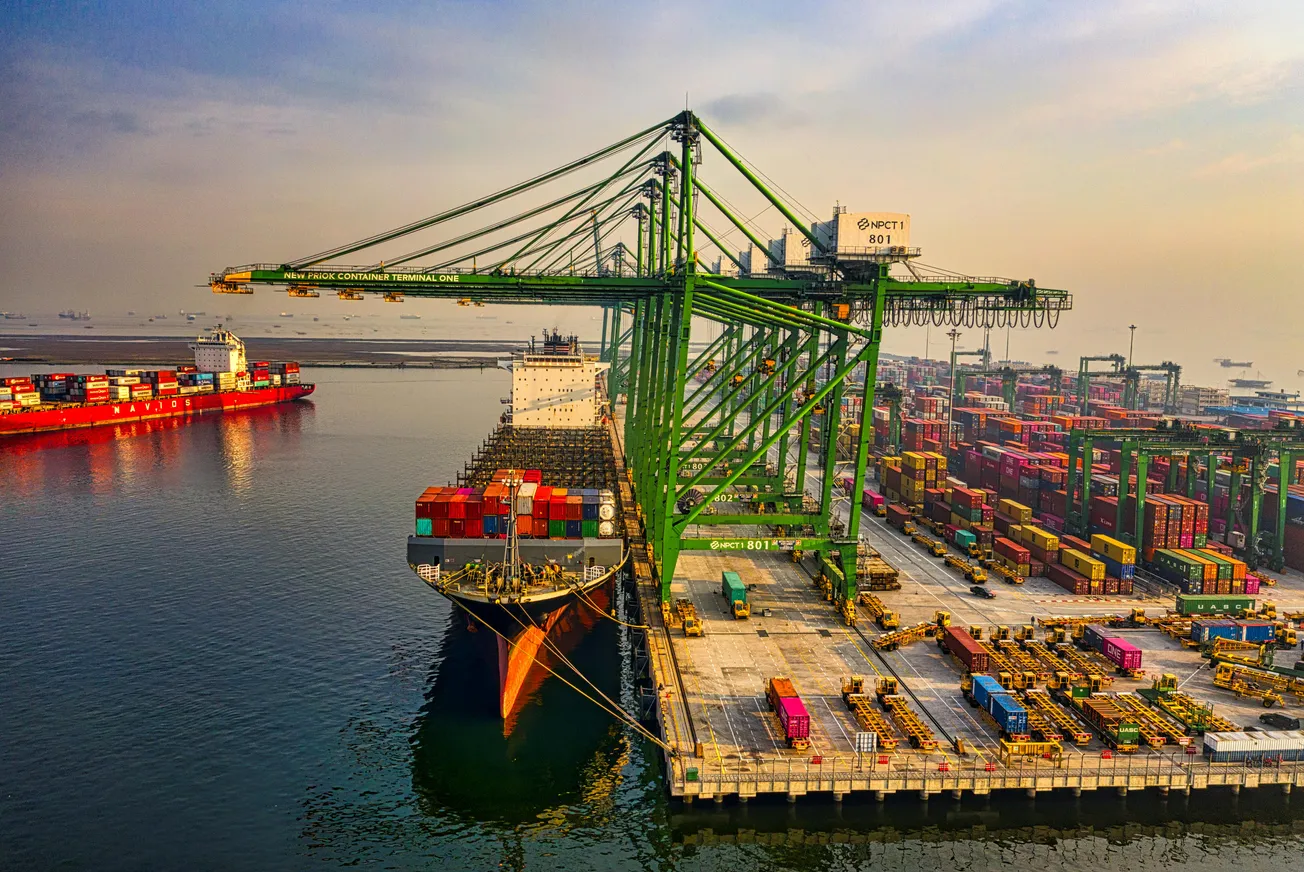Retail is changing aisle by aisle, and we’re walking through the shift with a front‑row view. We dig into how Walmart moved from years of heavy investment to a true “harvest” phase, where technology finally meets day-to-day usefulness. From electronic shelf labels and RFID to in-store retail media and traffic analytics, we show how the store itself is getting smarter, and how that intelligence translates into better value, faster trips, and clearer choices.
We connect the dots between brick-and-mortar strength and e-commerce integration, where curbside and delivery turn every supercenter into a forward-deployed node. That shift demands a packaging revolution: cases and primary packs designed for robots to pick, place, and palletize in both regional fulfillment and microfulfillment. Expect more squared formats, less air, and fewer damages, which improves margins and speeds. Along the way, we highlight Sam’s Club momentum, scan-and-go, a cleaner layout, seasonal impact upfront, and a rising health focus that stretches from small appliances to functional ingredients, while private label evolves beyond opening price point into feature-rich value.
Then we look ahead. With a documented price gap supporting the “save money” pillar, the next edge is “live better” through contextual, AI-driven guidance. Imagine a commerce agent that plans around real life, bill cycles, game nights, and family dinners, while honoring EDLP and personal preferences. That’s where the lines blur among shopping, media, and lifestyle, making the experience feel like problem-solving instead of errands. Still, the cultural guardrail matters: avoid hubris, stay humble, and keep decisions anchored to the customer’s mission.
If you enjoy thoughtful, on-the-ground analysis of how tech, merchandising, and operations come together, this conversation is for you. Subscribe, share with a friend who geeks out on retail, and leave a quick review to tell us what you want to hear next.
More About this Episode
How Walmart’s Balance of Technology, Merchandising, and Customer Insight Is Redefining Retail
In today’s ever-evolving retail landscape, few companies exemplify innovation and agility at scale like Walmart. What we’re seeing across their stores, Sam’s Clubs, and digital platforms isn’t just progress; it’s a carefully orchestrated transformation. This transformation is driven by deep customer understanding, intelligent merchandising strategy, and a forward-thinking application of technology. More importantly, it’s built around one guiding principle: balance.
From price tiers in paint to automation-ready packaging, Walmart is reinventing the shopping experience. But what makes this shift so powerful is how it stays grounded in customer needs, rather than chasing tech for tech’s sake. Let’s dive into how Walmart is mastering this balance, between good, better, and best; physical and digital; automation and human connection, and where it’s taking them next.
Customer-Centric Merchandising: The Art of Balance
At the heart of Walmart’s merchandising evolution is a simple but critical idea: know your customer. Without that insight, even the most impressive innovations fall flat. Walmart has invested heavily in understanding who shops their stores and how to serve them best, using merchandising to strike the right balance for each demographic and store format.
One standout example is the "good, better, best" approach. This tiered strategy allows customers to choose based on need and budget, without compromising value. We saw this in action in something as specific as the paint aisle, where clear packaging and signage empower customers to self-navigate and choose confidently. This may seem like a small touch, but it represents a broader merchandising philosophy that prioritizes clarity, choice, and customer empowerment.
It’s a methodical blend of product assortment, pricing strategy, and design thinking, and it's what makes Walmart’s shelves both functional and intelligent. It’s also what enables them to cater to diverse shopping behaviors, from budget-focused families to higher-income, convenience-driven households.
Technology as the Retail Backbone
The third “bucket” in Walmart’s transformation, technology, is the most visible and arguably the most impactful.
Over the past several years, Walmart’s capital expenditures have revealed a company investing not just in new tools, but in a total reimagination of the shopping journey. From RFID-enabled shelves and electronic shelf labels to QR codes and retail media networks in-store, the Walmart of today looks fundamentally different from it did just a few years ago.
These are not surface-level upgrades. They're infrastructure-level investments aimed at turning stores into smarter, more responsive ecosystems. Take the example of RFID technology. With nearly two-thirds of store square footage RFID-enabled, Walmart gains a real-time understanding of product movement, enabling more accurate inventory tracking, demand forecasting, and dynamic merchandising.
And then there’s “Sparky,” Walmart’s internal tool empowering associates with actionable insights and task management. Sparky’s consumer-facing counterpart extends that same intelligence to shoppers, creating a technology-enabled, end-to-end retail environment where products, displays, and transactions are all digitized and measurable.
This digitization paves the way for more than just operational efficiency. It unlocks algorithmic marketing, allowing Walmart to dynamically promote the right products at the right time, to the right customers, across channels.
Stores as Fulfillment Engines
Perhaps the most profound transformation is how Walmart has redefined the role of its physical stores. What was once a traditional brick-and-mortar environment is now a hybridized retail hub, serving walk-in customers, fulfilling online orders, and supporting curbside pickup and last-mile delivery.
Every Walmart store is effectively a forward-deployed distribution center, and this is no longer theoretical. Walk into any location today and you’ll likely see employees picking orders in real-time, consolidating items, and moving them to back-of-store staging areas for pickup or delivery.
That model works because it’s underpinned by automation infrastructure. Walmart’s fulfillment centers are increasingly robot-enabled, and micro-fulfillment centers (MFCs) are being piloted to take the pressure off store aisles. In time, those MFCs will be the nerve centers of robotic order picking, reducing labor costs and improving order accuracy.
This shift is triggering a revolution in packaging, too. Items are being redesigned to be automation-compliant, square-shaped for efficient storage, easier for robotic arms to handle, and optimized to reduce airspace. Even in health and wellness, formerly rounded containers are giving way to more automation-friendly formats. This evolution ensures that the supply chain isn’t just fast, it’s intelligent and future-ready.
Sam’s Club: A Technological Vanguard
Walmart’s membership warehouse format, Sam’s Club, is emerging as a sandbox for cutting-edge tech integration. Once seen as a satellite to the main brand, Sam’s is now a critical pillar in Walmart’s ecosystem, fueled by investments in member experience and digital integration.
The Sam’s Club app, with its Scan & Go functionality, has completely reshaped the checkout process. Shoppers can now scan items as they shop and walk out without waiting in line. Looking ahead, RFID integration promises to eliminate even the need to scan; customers will simply walk out with items automatically registered and paid for.
This seamless experience extends to the layout and merchandising, too. Seasonal products are strategically placed at the front, ready-made meals are prominently featured, and health-oriented products are taking center stage. From protein bars to turmeric supplements, Sam’s is tapping into consumer wellness trends while leveraging its Member’s Mark brand to deliver both value and quality.
The Future of Retail: AI-Powered Personalization
Where does this all lead? To a future where Walmart isn’t just a store or a website, it becomes a commerce partner, powered by AI and driven by real-time personalization.
We’re already seeing early signs of this. QR codes on packaging link customers directly to online assortments. Virtual try-ons are becoming the norm in cosmetics. And behind the scenes, machine learning algorithms are continuously analyzing purchasing behavior to optimize promotions, pricing, and inventory.
But imagine what happens when AI becomes truly agentic, acting as a commerce assistant that knows your household budget, anticipates your needs, and makes tailored suggestions based on your calendar, pantry inventory, or even your next utility bill. That’s not science fiction. It’s a 2030 reality, not 2040.
This level of contextual commerce will blur the lines between shopping, lifestyle, media, and even entertainment. And with its scale, infrastructure, and data capabilities, Walmart is uniquely positioned to lead that evolution.
Staying Grounded: Loyalty, Humility, and EDLP
For all this innovation, the company hasn’t lost sight of its roots. Maintaining customer loyalty isn’t just about the bells and whistles, it’s about trust and consistency.
Walmart’s commitment to Everyday Low Prices (EDLP) is the foundation of that trust. Shoppers return not only because prices are low, but because they’re predictably low. They don’t have to time for purchases or chase deals. They know Walmart will be there with the best value, every day.
Layered onto that is a renewed focus on experience. The stores are more enjoyable, easier to navigate, and more tailored to shopper preferences. As one speaker noted, you can actually enjoy walking through a Walmart store today. That’s a remarkable shift from where the brand was even five years ago.
A Culture of Speed and Humility
At the leadership level, Walmart’s new campus in Bentonville reflects its commitment to speed, productivity, and humility. As CEO Doug McMillon emphasized, the company must stay humble and work faster, not just to compete, but to stay ahead of competitors who are watching closely and adapting quickly.
This is where Walmart’s strength lies. It's not just about innovation for its own sake, but in the disciplined, customer-first execution of innovation. It's a culture that balances ambition with humility, data with instinct, and speed with sustainability.
Final Thoughts
Walmart is no longer just the world’s largest retailer. It's becoming one of the world’s most adaptive commerce ecosystems, a place where merchandising, technology, and operations converge around the customer. Whether it's in stores, online, or via AI-enabled platforms, Walmart is building a future where shopping is effortless, personalized, and deeply integrated into everyday life.
The key to that success? Balance.
By maintaining its core values while embracing forward-thinking strategies, Walmart is not just surviving retail's disruption; it’s shaping what comes next.










